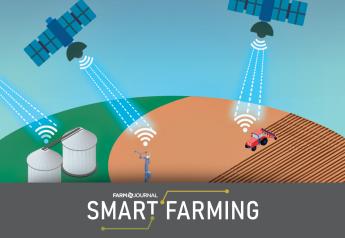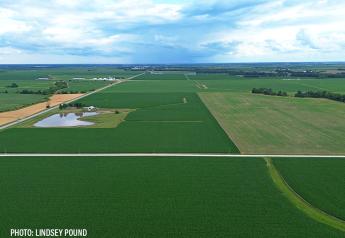How Will Tariffs Impact Tomorrow’s USDA Reports?

Acreage numbers will likely not be the centerpiece of Thursday’s July World Agriculture Supply and Demand Estimate (WASDE) report. While the report usually focuses on USDA’s acreage estimates released the end of June, Thursday’s report will also include USDA economist estimates of how the tariffs will impact markets.
“When you get a big shock, or a big change in a global market that changes lots of things,” said USDA outlook board chairman Seth Meyers.
According to Meyers, the newly imposed Chinese and Mexican tariffs are that kind of shock that could have many ripple effects.
This report will be USDA’s first attempt to put numbers on the fallout of the tariffs.
“We all take our first shot at what those long-term impacts will be,” Meyers said. “By long-term, for us that's out through the end of 18-19 crop year.”
Meyers’ team of analysts will share how they think this affects markets, how flows of commodities will change, how the production of commodities will change and how the price of commodities will change.
Market analysts and farmers alike are on pins and needles waiting to see the results of this market analysis. Many are bearish, according to Chip Nellinger from Blue Reef AgriMarketing.
“That's why I think people are so beared up about this report Thursday, and, in the case of beans, are fearful,” he told AgriTalk After The Bell host Chip Flory on Tuesday. “Because they think well, USDA said, ‘Yes, we're going to take the tariffs into account and try to get a projection.’”
Demand is not just going to go away overnight, Nellinger said.
“No. 1 because of your point, the world still has a massive demand for soybeans,” he said. “Now, the demand puzzle may shift a little bit, but the demands not just going to evaporate and go away.”
Recently China announced they are going to zero tariffs on some Asian countries when it comes to soybean imports. Many analysts including Nellinger and Flory say that will likely result in those countries becoming hubs for soybean imports from the U.S.
“They’re gonna keep buying beans,” Flory said adding that U.S. soybeans will just flow through other countries. “I mean, hello, the Philippines, you're a hub.”
In addition, China is going to reimburse companies the tariff on soybeans bought to go into government reserves. Those reasons combined with more than a $1 advantage over Brazil on soybean prices are leading analysts to believe tomorrow’s report could turn out to be underwhelming.
“So it may not be as big of a change [as we thought it might be],” Nellinger said.







